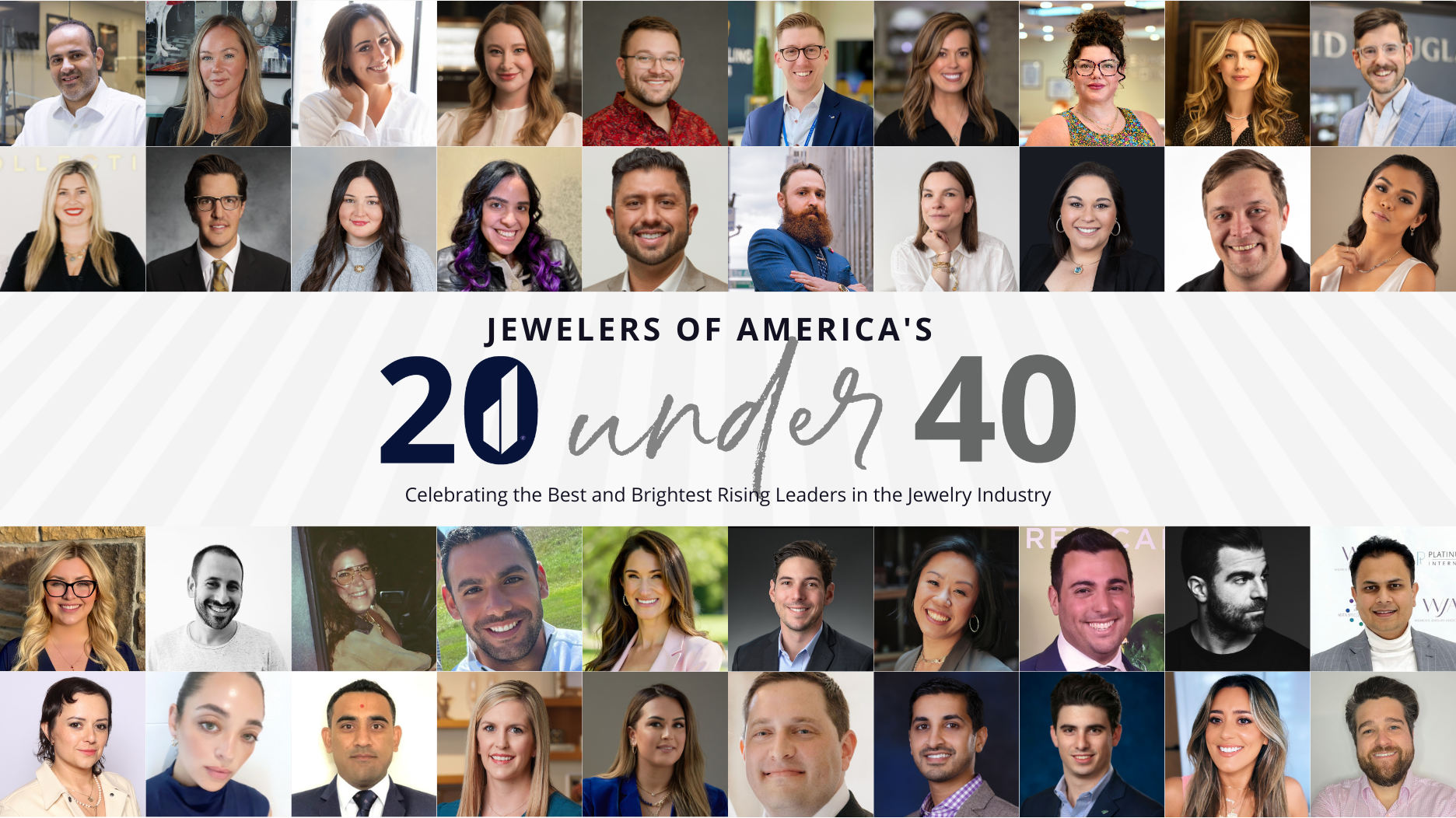Why Passing on Lab-Grown Diamonds Might Be a Risky Bet
Retailers would be wise to embrace this growing segment of the market instead of shunning it, Peter Smith writes.

It was a diamond conference at The Plaza hotel in New York. Retailers and suppliers had gathered for a couple of days of education, speeches, and debate on the diamond business and, as it happens, the single most pressing issue of the day for many of the retailers present–online commerce.
The retailers were having a collective conniption about the specter of online competition, devoid as it was of the geographic advantages that brick-and-mortar stores previously enjoyed, absent any guardrails on suggested retail pricing, and fraught with the uncertainty of the unknown.
The only thing retailers seemed to agree on was that this new “competition” was going to be terrible for them, and there emerged, unsurprisingly, a mounting chorus of resentment directed at any suppliers that did business with the online retailing pirates.
On the final day of the conference, Maurice Tempelsman, the statesman-like chairman of Lazare Kaplan and longtime companion of Jacqueline Kennedy Onassis, was taking questions from the audience after his keynote.
I cannot for the life of me remember what Mr. Tempelsman spoke about in his address, but what followed during the question-and-answer segment is seared into my consciousness.
One of the retailers raised his hand and, after he was recognized, didn’t really ask a question, but took his moment to make a declarative statement.
It went something like this: “We are all livid about this selling online business and we think there should be a boycott of any company that does business with online sellers. What do you think?”
Mr. Tempelsman considered the question for a moment before responding.
“I see the advent of the online selling as one would a stream flowing down a mountain,” he said. “You can put a rock in its path, but the water will flow over and around the rock and continue on its journey regardless. You could, of course, pretend it isn’t happening, but you would do better to accept the inevitability of what is happening and find a way to work with it.”
I think about that simile whenever our industry is faced with major disruptive change, and that has rarely been truer than today as we reckon with the emergence of lab-grown diamonds.
Few issues in recent years have divided retailers like lab-grown diamonds. I’ve encountered some who are borderline militant in their opposition to lab-grown, insisting they will never sell the product.
I know other retailers who believe lab-grown is the future and have begun to shape their diamond stories accordingly.
The danger with seismic change is that we often get a shorter runway than we would like before having to make hugely important decisions, choices that can impact our businesses for years to come.
It is human nature to want to keep doing what we know, to pretend that any disruption will be temporary, or mitigated in its scope. Keep on keeping on, we might say. Alas, that’s not how disruptive change works.
“While it is easy to become trapped in moral arguments and intellectual debates about lab-grown, we would do well to pay attention to what customers are doing.”
A cursory look across our industry shows a great many retailers already embracing lab-grown. That includes behemoths Walmart and Signet. It includes Macy’s and JC Penney’s, and online players such as Blue Nile and, of course, Brilliant Earth.
De Beers has Lightbox and we’ve recently seen LVMH, the biggest luxury goods company in the world and parent company of Tiffany & Co., invest in Israel-based Lusix, the first 100 percent solar-powered producer of diamonds.
What is less evident, but which is becoming increasingly more of a factor, is the presence of lab-grown in the independent retail world.
According to The Edge Retail Academy, while lab-grown diamond sales are still a small percentage of overall diamond business, independent jewelers grew their lab-grown business on a comparative basis by 45 percent in the trailing 12 months through May 2022.
ERA estimates loose lab-grown diamonds alone accounted for nearly 6 percent of all sales.
If we imagine that lab-grown diamonds might soon reach 10 percent of all independent jewelry sales (a conservative estimate given the growth in loose and lab-grown finished diamond jewelry), we might be looking at an $8 billion business in the United States alone before the year is out.
And that number assumes that we retreat as an industry to about $80 billion in total sales, a number below last year’s $94 billion, but far in excess of our previous historical high of $62 billion in 2019.
That is clearly a huge amount of business and, for me, the best evidence that the end consumer is telling us lab-grown diamonds matter to them.
“Embracing lab-grown diamonds is not a repudiation of your business ethics, traditions, or customs. It is not a statement of disloyalty to all those customers who have purchased, and will purchase, mined diamonds from you.”
Furthermore, the more people buy lab-grown diamond products, the more the psychological barriers to entry diminish, as the social-proof of friends and family members buying lab-grown gives license to others to buy a product they might have harbored some trepidation about in the past.
While it is easy to become trapped in moral arguments and intellectual debates about lab-grown, we would do well to pay attention to what customers are doing.
If, as is likely, the 5.8 percent of loose lab-grown diamonds being purchased in independent jewelry stores are being bought disproportionally for engagement rings, that is—pardon the pun—a ringing endorsement from our newest and future customers about what they think.
That first, and hugely important, first major jewelry purchase will set the tone for their views on lab-grown and opting out of that conversation is not a decision that should be taken lightly.
Embracing lab-grown diamonds as an option is not a repudiation of your business ethics, traditions, or customs. It is not a statement of disloyalty to all those customers who have purchased, and will purchase, mined diamonds from you.
While we’ve all been consumed in the COVID economy for the past couple of years, the landscape has changed, and things won’t ever go back to how they used to be.
Having a lab-grown offering that complements your natural diamonds, adopting the same standards of curated stories, training your teams on the benefits of mined and lab-grown, and presenting your customers with both options would seem, to me, to be a smart business move.
Having both options ensures that you won’t be perceived as defensive when a customer asks, as they will increasingly do, about lab-grown diamonds. You will have the credibility to speak to the benefits of both in a way that simply won’t be possible if you fail to provide both options to your customers.
More importantly, as we return to a more challenging retail environment, opting out of a potential $8 billion business feels like an awfully risky bet.
The Latest
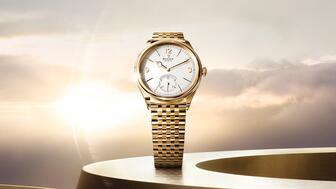
The Swiss government announced the deal, which cuts the tax on Swiss imports by more than half, on social media Friday morning.
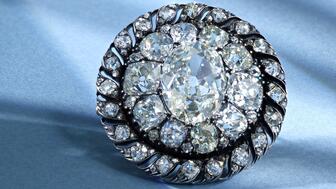
A buyer paid $4.4 million for the piece, which Napoleon wore on his hat for special occasions and left behind when he fled Waterloo.
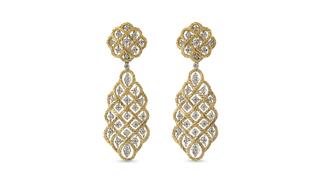
Plus, how tariffs and the rising price of gold are affecting its watch and jewelry brands.

Roseco’s 704-page catalog showcases new lab-grown diamonds, findings, tools & more—available in print or interactive digital editions.
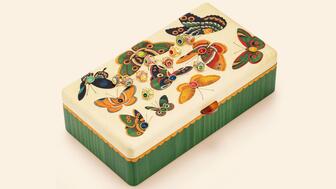
Furmanovich designed the box to hold Mellerio’s “Color Queen,” a high jewelry collection consisting of 10 rings.


Jennifer Hopf, who has been with JCK since 2022, will lead the execution of the long-running jewelry trade show.

Adler’s Jewelry is set to close its two stores as 82-year-old owner Coleman E. Adler II retires.

From educational programs, advocacy, and recent MJSA affiliation, Jewelers of America drives progress that elevates businesses of all sizes.
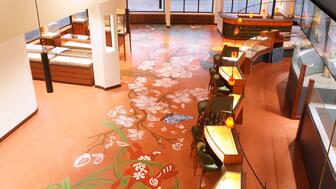
Founder Jim Tuttle shared how a dedication to craftsmanship and meaningful custom jewelry fueled the retailer’s double-digit growth.

The third-generation jeweler is remembered as a passionate creative with a love of art, traveling and sailboat racing.

JSA and Cook County Crime Stoppers are both offering rewards for information leading to the arrest of the suspect or suspects involved.
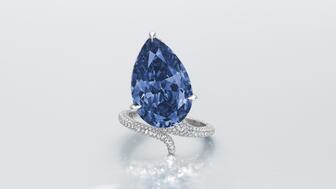
A buyer paid $25.6 million for the diamond at Christie’s on Tuesday. In 2014, Sotheby’s sold the same stone for $32.6 million.
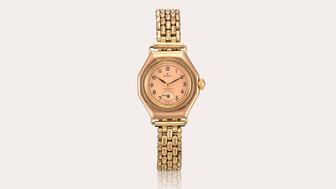
Mercedes Gleitze famously wore the watch in her 1927 swim across the English Channel, a pivotal credibility moment for the watchmaker.

GIA is offering next-day services for natural, colorless diamonds submitted to its labs in New York and Carlsbad.

Tiffany & Co., David Yurman, and Pandora have launched holiday campaigns depicting their jewelry as symbols of affection and happiness.

The National Retail Federation is bullish on the holidays, forecasting retail sales to exceed $1 trillion this year.
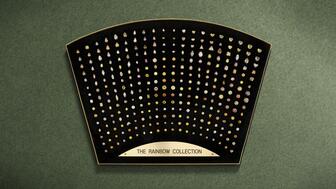
Late collector Eddy Elzas assembled “The Rainbow Collection,” which is offered as a single lot and estimated to fetch up to $3 million.
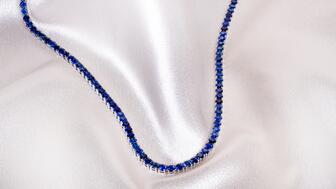
At the 2025 World Series, the Los Angeles Dodgers’ Yoshinobu Yamamoto sported a custom necklace made by California retailer Happy Jewelers.

The brand’s seventh location combines Foundrae’s symbolic vocabulary with motifs from Florida’s natural surroundings.

The retailer also shared an update on the impact of tariffs on watch customers.
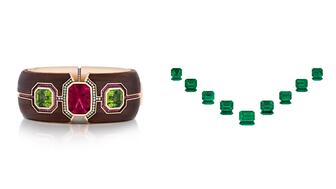
Pink and purple stones were popular in the AGTA’s design competition this year, as were cameos and ocean themes.
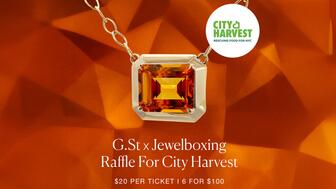
All proceeds from the G. St x Jewel Boxing raffle will go to City Harvest, which works to end hunger in New York City.

Courtney Cornell is part of the third generation to lead the Rochester, New York-based jeweler.

De Beers also announced more changes in its upper ranks ahead of parent company Anglo American’s pending sale of the company.

Former Signet CEO Mark Light will remain president of Shinola until a replacement for Ulrich Wohn is found.
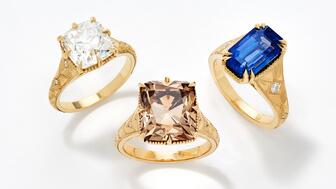
Kindred Lubeck of Artifex has three rings she designed with Anup Jogani in Sotheby’s upcoming Gem Drop sale.
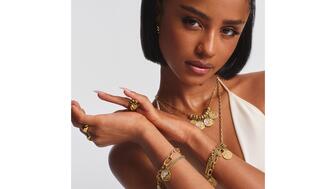
The company focused on marketing in the third quarter and introduced two new charm collections, “Pandora Talisman” and “Pandora Minis.”















